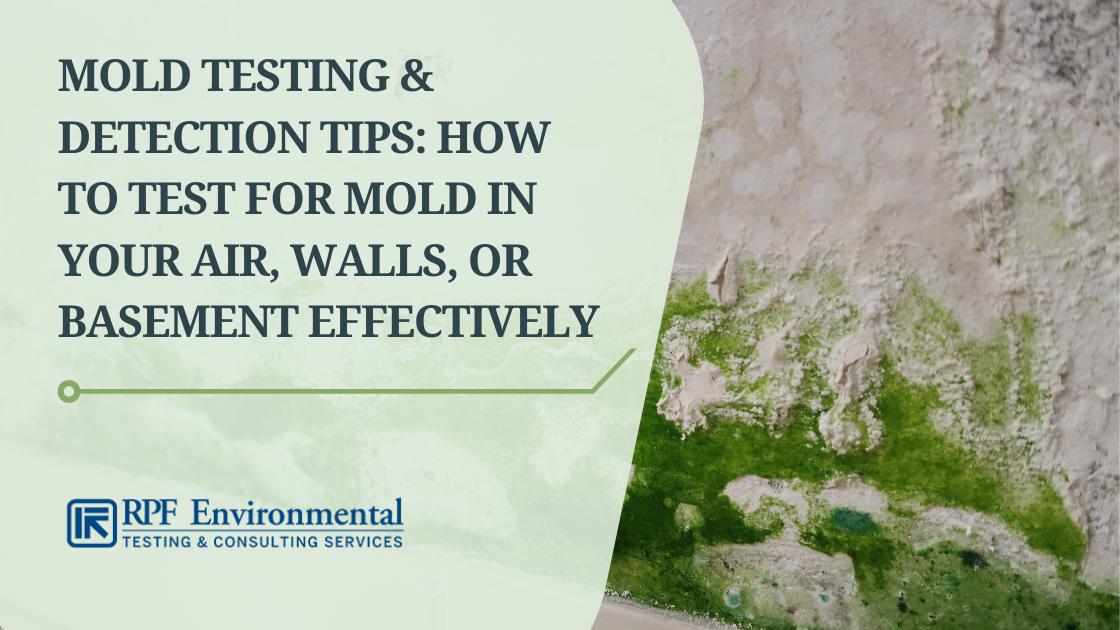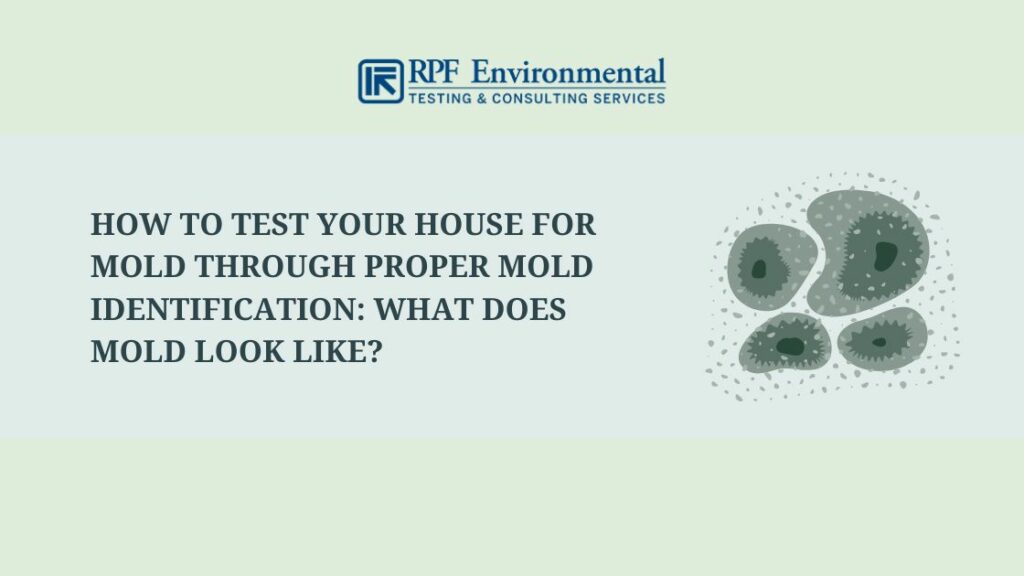Discover the Benefits of Expert Mycotoxin testing Services Today
Discover the Benefits of Expert Mycotoxin testing Services Today
Blog Article
How Mycotoxin Screening Aids Stop Contamination and Guard Food Supplies

Mycotoxin testing is an important technique in the food market, acting as a frontline defense versus contamination by dangerous contaminants generated by mold and mildews. With the application of sophisticated methods like High-Performance Fluid Chromatography (HPLC) and Liquid Chromatography-Mass Spectrometry (LC-MS), food manufacturers can accurately evaluate and find mycotoxin levels in agricultural items. This proactive method not only ensures conformity with stringent security guidelines however additionally mitigates health risks to consumers. Moreover, normal screening strengthens brand name online reputation and monetary wellness by lowering contamination-related cases. So, how precisely do these screening procedures integrate right into the broader food safety and security technique?
Recognizing Mycotoxins
Recognizing mycotoxins begins with acknowledging that they are harmful second metabolites created by particular molds, which can infect agricultural products. These metabolites are not crucial for the growth or recreation of the fungis however can have severe ramifications for animal and human health and wellness. Mycotoxins are generally located in staple crops such as corn, wheat, barley, and nuts, where they can proliferate under certain conditions of dampness and temperature level.
There are a number of kinds of mycotoxins, each generated by various fungal species. Fusarium species produce fumonisins and trichothecenes, both of which are connected with different severe and persistent health and wellness concerns.

Dangers of Mycotoxin Contamination
The threats of mycotoxin contamination are multifaceted, presenting considerable dangers to both food security and public health. Mycotoxins, poisonous substances created by certain kinds of fungis, can pollute a vast array of agricultural products including grains, nuts, spices, dried fruits, and coffee. Once these toxic substances penetrate the food supply, they can cause significant wellness concerns such as liver damage, kidney failure, and also cancer cells. Susceptible populations, including kids, the senior, and immunocompromised people, are especially at risk.
Financial effects are one more major worry. Contaminated crops can lead to substantial economic losses for farmers and food producers as a result of reduced yields and the requirement for pricey purification steps. Worldwide profession can be significantly hindered as nations implement rigorous mycotoxin policies to secure their populations, leading to turned down shipments and stretched trade connections.
Environmental aspects such as environment modification exacerbate the danger of mycotoxin contamination. Variants in temperature and humidity can create beneficial problems for fungal growth, boosting the likelihood of contamination events. Hence, understanding and mitigating these threats are essential for making sure the security and stability of worldwide food materials.
Techniques of Mycotoxin Testing
Accurately recognizing mycotoxin contamination in agricultural products is crucial for securing public health and preserving food safety and security standards. Numerous approaches are employed to identify and quantify mycotoxins, each offering certain benefits and limitations.
High-Performance Fluid Chromatography (HPLC) is an extensively used technique as a result of its high level of sensitivity and precision. It entails separating mycotoxins from various other materials in an example, enabling accurate metrology. Similarly, Fluid Chromatography-Mass Spectrometry (LC-MS) incorporates liquid chromatography with mass spectrometry to give in-depth molecular details, making it especially valuable for identifying numerous mycotoxins concurrently - Mycotoxin testing Services.

Gas Chromatography-Mass Spectrometry (GC-MS) and Thin-Layer Chromatography (TLC) are likewise utilized, each with one-of-a-kind applications. GC-MS works for volatile mycotoxins, while TLC offers an easier, cost-effective option for preliminary testing.
Benefits of Regular Examining
Normal testing for mycotoxins in agricultural items offers numerous benefits, substantially adding to public health and wellness and food safety. By recognizing contamination early, routine screening helps stop the circulation of hazardous foods, consequently decreasing the threat of mycotoxin-related illnesses amongst consumers. This proactive strategy not just safeguards human health and wellness yet also improves the overall high quality of food supplies.
Regular screening additionally sustains governing compliance. Different countries and areas have actually established rigorous limits for mycotoxin degrees in food and feed. Following these limitations through routine testing makes sure that producers and distributors satisfy legal criteria, thereby avoiding charges and profession obstacles. Keeping conformity cultivates consumer trust and brand credibility, which are vital for market success.
In addition, normal mycotoxin screening can cause considerable financial advantages. Early detection of contamination permits prompt intervention, reducing potential losses from prevalent contamination. Implementing normal screening methods can likewise reduce recall expenses and relevant try this website obligations, which can be monetarily devastating.
Moreover, routine testing offers valuable data that can notify far better agricultural techniques and storage space conditions. By recognizing patterns of contamination, producers can adopt safety nets, thus contributing and lowering future dangers to the sustainability of the food supply chain.
Applying Testing Protocols
Carrying out efficient mycotoxin testing protocols is vital for ensuring the security and high quality of farming products. Establishing a durable testing structure entails multiple crucial steps, beginning with the recognition of potential contamination factors within the manufacturing and supply chain. This includes pre-harvest, post-harvest, storage, and circulation phases. Each phase should be inspected to identify where mycotoxin contamination is most likely to occur.
When crucial control points are determined, choosing ideal screening approaches is vital. Common methods include enzyme-linked immunosorbent assay (ELISA), high-performance fluid chromatography (HPLC), and mass spectrometry (MS) Each approach has its like this staminas and weak points; hence, selecting the correct one relies on the details mycotoxin being tested, the needed sensitivity, and readily available resources.

Finally, incorporating the screening procedures right into a detailed food safety administration system is a good idea. This improves traceability and enables swift restorative actions when contamination is discovered, therefore safeguarding the stability of the food supply chain.
Conclusion
Mycotoxin testing is essential in avoiding contamination and guarding food products read this post here by enabling early discovery of dangerous toxins generated by molds in agricultural products. Advanced methods such as HPLC and LC-MS make certain compliance with safety guidelines and protect consumers from wellness dangers. Normal screening improves brand name credibility, economic stability, and count on food safety and security by reducing contamination-related losses and preserving high criteria in food production. Applying rigorous testing procedures is hence vital for the sector's overall wellness.
Mycotoxin screening is an essential practice in the food industry, serving as a frontline defense against contamination by hazardous toxic substances created by molds. An integrated method including agricultural practices, storage management, and regular testing can mitigate the threats linked with mycotoxin contamination, ensuring food safety and security and public health.
The risks of mycotoxin contamination are complex, posing significant threats to both food safety and public health.Regular screening for mycotoxins in farming products offers countless advantages, substantially contributing to public health and food safety.Mycotoxin screening is vital in avoiding contamination and safeguarding food products by making it possible for very early detection of harmful contaminants generated by molds in farming items.
Report this page